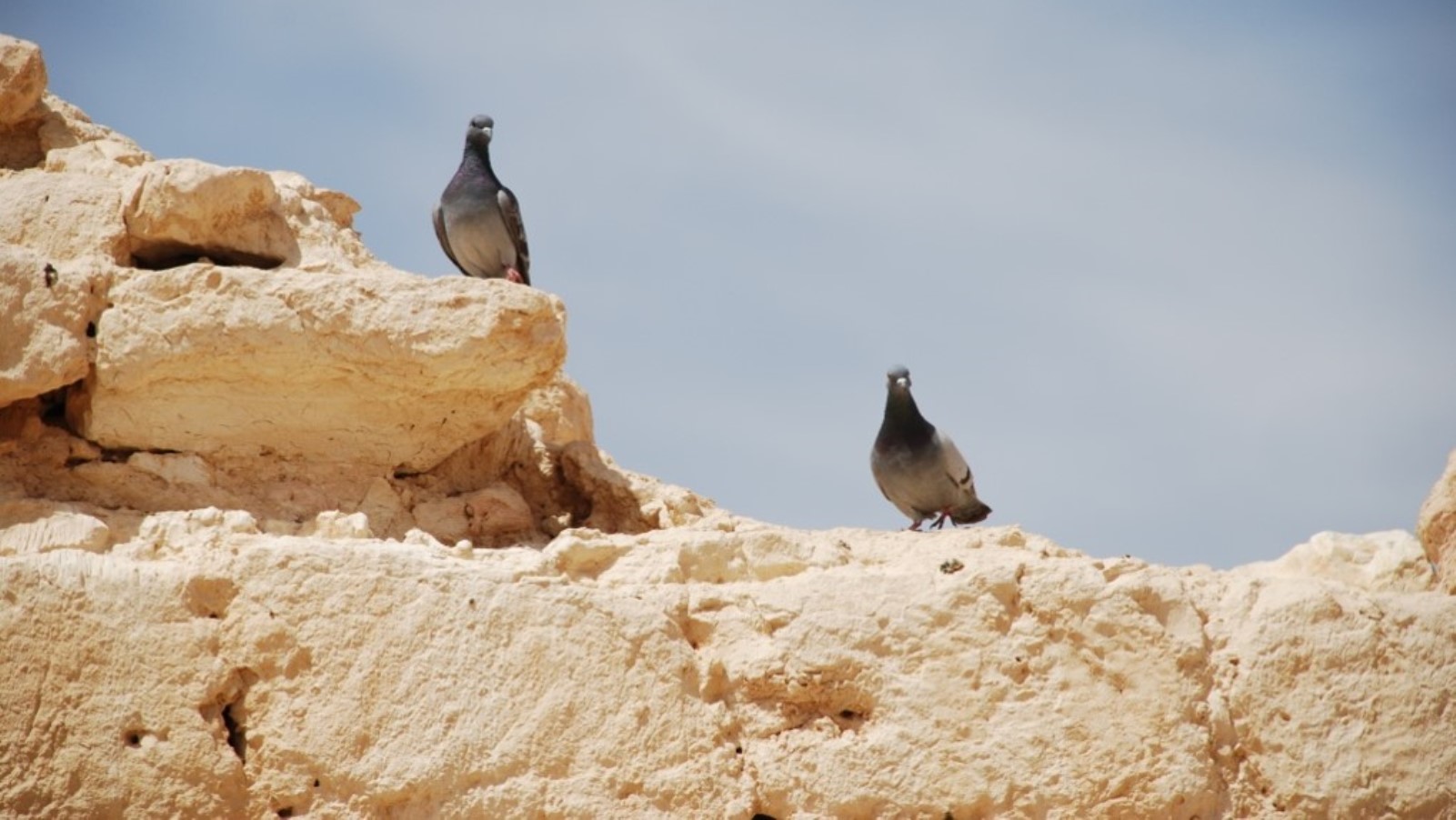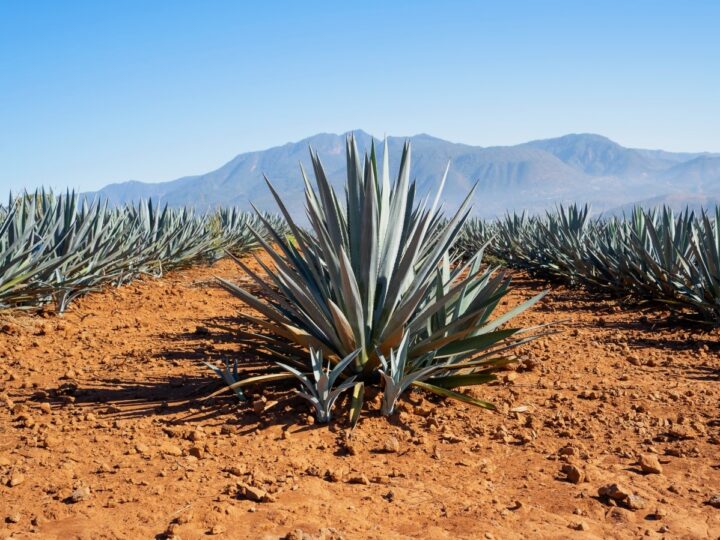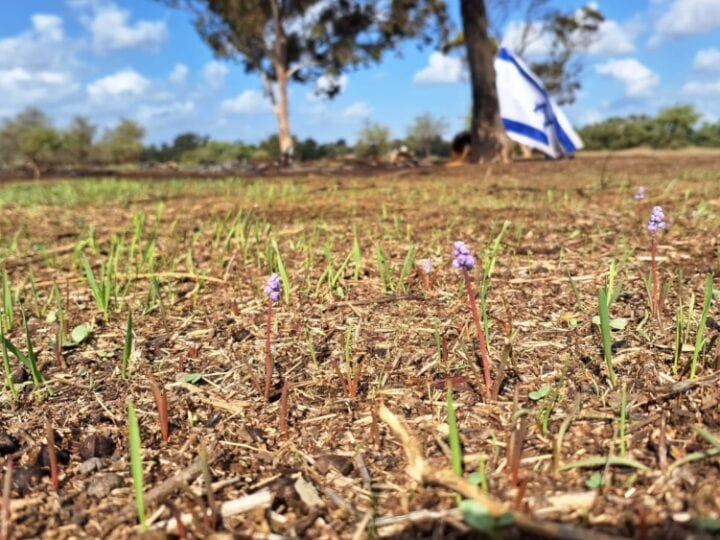Byzantine farmers in the Negev desert raised pigeons 1,500 years ago not for their meat but for their excrement.
Archeologists at the University of Haifa have been digging up pigeon bones in the ancient settlements of Shivta and Sa’adon. Their findings, which show the pigeons were raised primarily to produce fertilizer to enhance agricultural success in the dry Negev, was published recently in the journal PLOS ONE.
“The pigeon bones we found are much smaller than those of pigeons bred for the meat industry,” the researchers wrote. “Together with the nesting materials we found in the compartments and their location in the middle of agricultural fields, the findings show that the pigeons were raised without significant intervention. The role of humans was mainly confined to providing protection for the birds.”
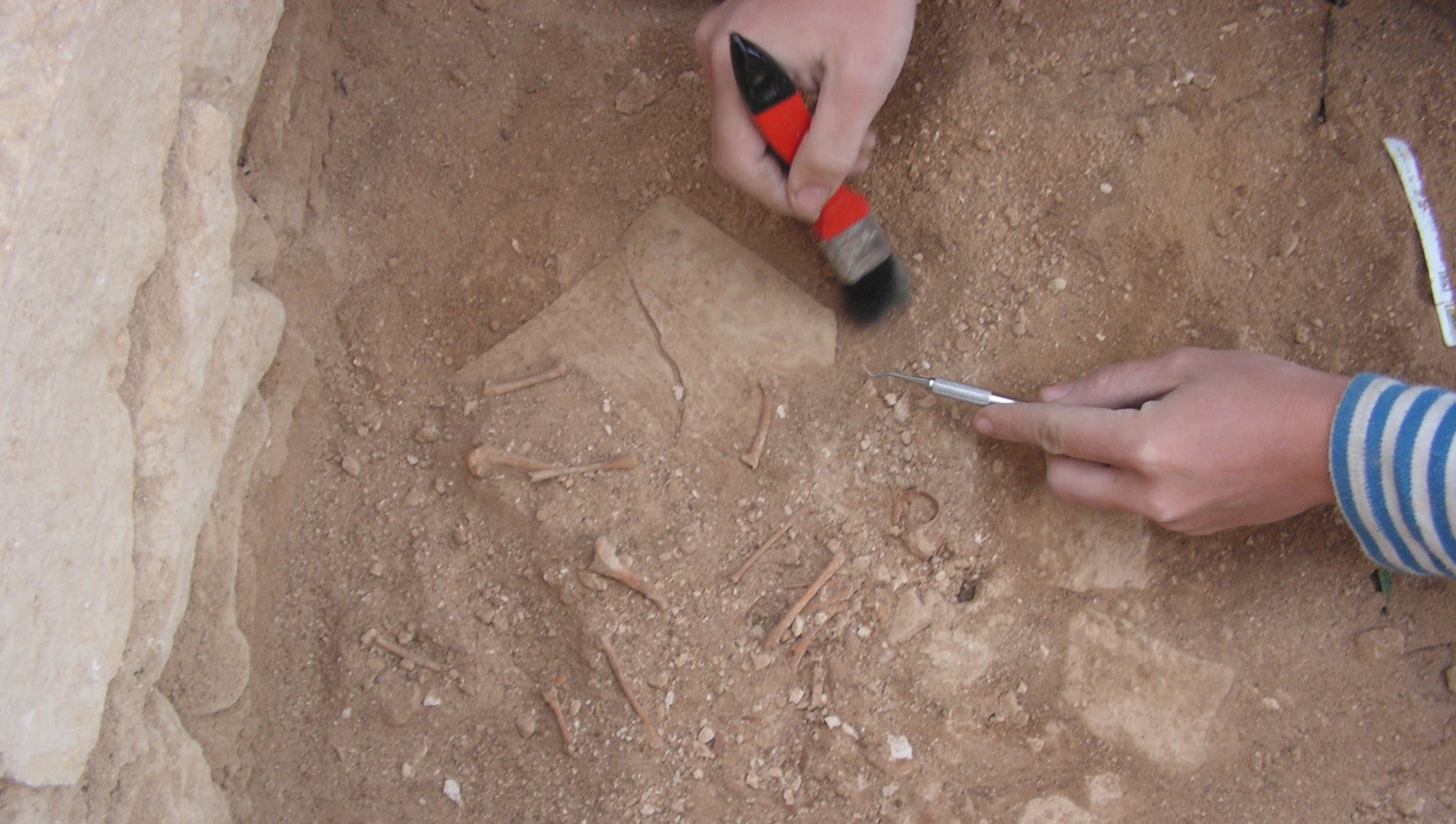
The research team was led by Nimrod Marom of the University of Haifa and Tel Hai College, in cooperation with Prof. Guy Bar-Oz and Yotam Tepper of the University of Haifa and Baruch Rosen of the Volcani Agricultural Research Center in Rishon LeZion.
Pigeon droppings are a well-known source of minerals for agriculture, and include phosphorus, potassium and nitrogen. Until recently, pigeons were used in many parts of the world to improve and fertilize soil. However, pigeons also have been raised for their meat.
In order to determine the purpose of the pigeon-raising in the ancient Negev, the researchers examined bones found in the pigeon cotes as well as the chemical composition of their droppings.
The average wingspan, body structure and skull pattern indicated that Byzantine-era pigeons in the Negev were small, muscular and “athletic,” similar to today’s wild pigeons.
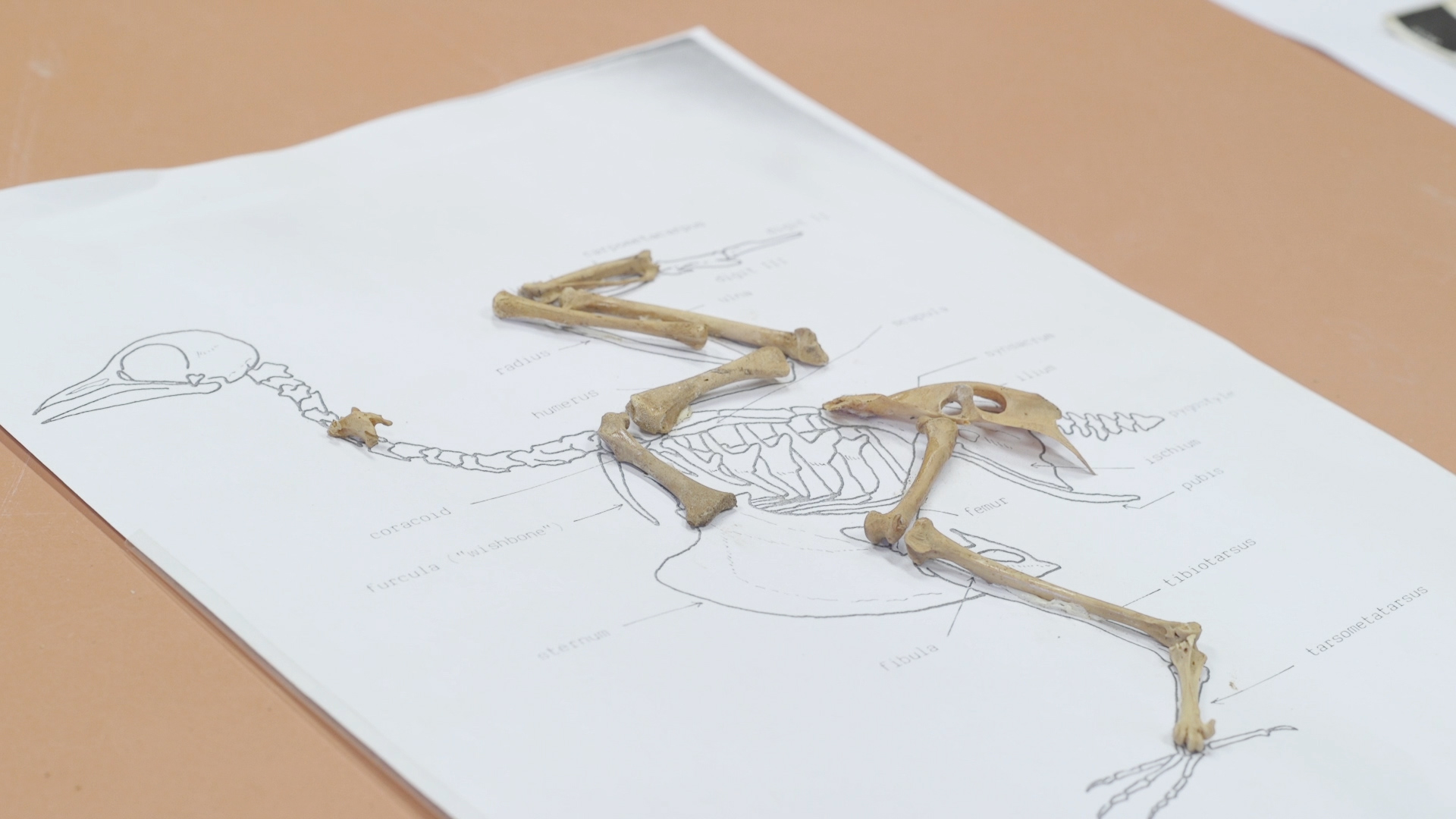
Their smaller body size meant that, not only did they offer less meat, but their metabolism was more rapid so they produced more droppings relative to the quantity of food consumed. Examining droppings that accumulated on the floor, the researchers were able to determine that the pigeons ate grape seeds, olives, peaches and various wild plants.
Pigeon droppings played an important role in the Negev to fertilize “loess soil” – a silt-sized sediment formed by the accumulation of wind-blown dust – making it more suitable for intensive agriculture.
“The Negev during the Byzantine period was green and flourishing,” the researchers concluded. Powered in part by pigeon poop.




